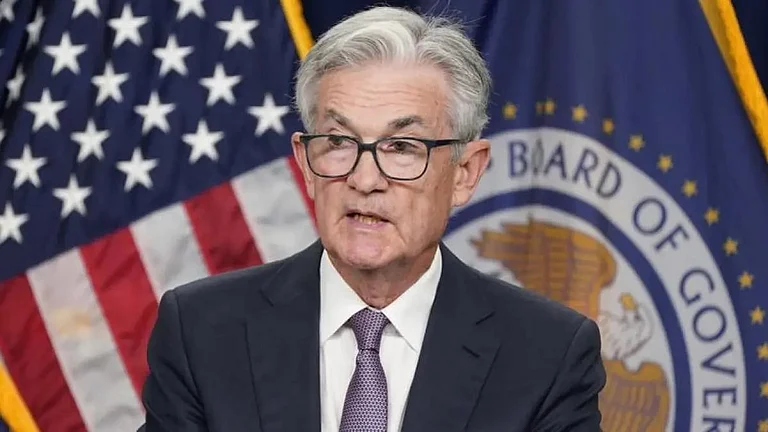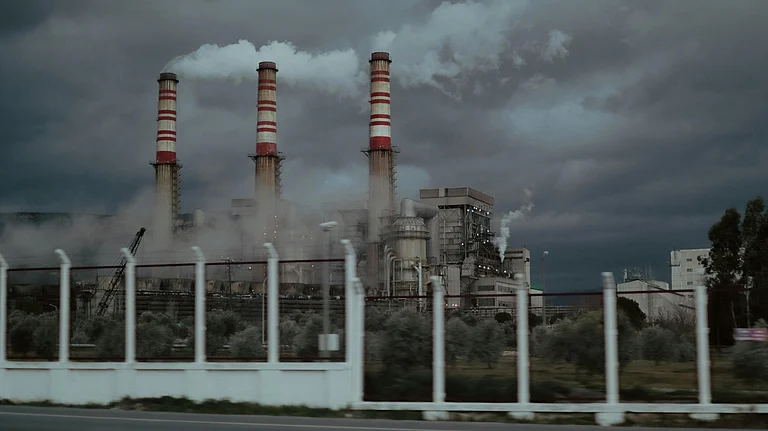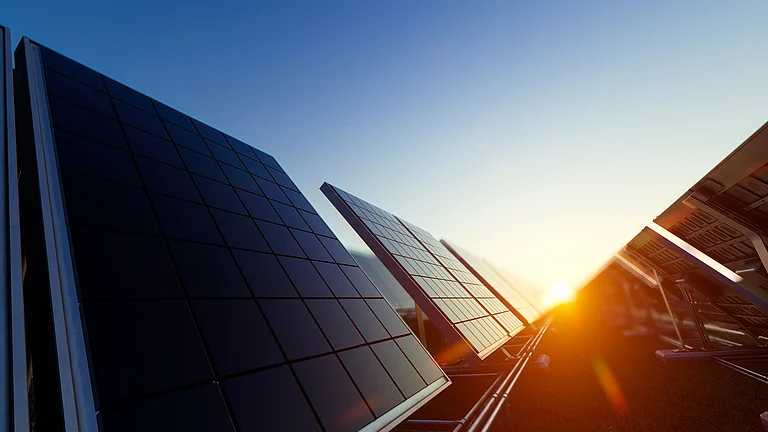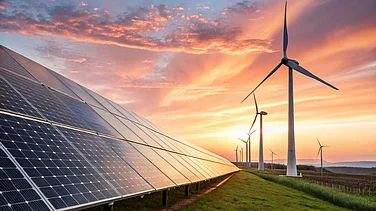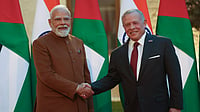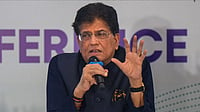Study shows that global targets went up only 2% since COP28, projecting just 7.4 TW by 2030 against the 11 TW needed.
Only 22 nations, mostly in the EU, raised ambitions; US, China, Canada, and Russia remain off track despite high emissions share.
S&P Global research warns weak policies may delay tripling renewables to 2037, calling for urgent fixes in permits, incentives, and grids.
Most global governments have failed to achieve national targets aimed at tripling renewables capacity to at least 11,000 GW by 2030 is optimal for a 1.5 degrees Celsius pathway, according to a report by the climate think tank Ember.
"Tripling global renewable capacity is the biggest action the world can take for climate this decade. Yet, despite the landmark COP28 agreement, national targets remain largely unchanged and fall short of what is needed," the report said.
Katye Altieri Electricity Analyst, Ember said, “The purpose of a national renewable target is less-so to force more renewable to be built, but rather to make sure they are building renewable and plan for grid and flexibility to integrate the renewable and also to help the government plan for the best place to build renewable and plan for grid and flexibility to integrate the renewable and also to help companies invest in supply chains, making for a cheaper and more secure electricity system.”
The failure to act means that on current forecasts the world will fall far short of its clean energy goals, leading to a continued reliance on fossil fuels that is incompatible with the target of limiting global heating to below 1.5C.
The Ember report also stated only 22 countries, most within the EU, have increased their 2030 renewable energy ambitions since more than 130 signed up to the renewables pact at the UN’s Cop28 climate talks in Dubai almost two years ago.
This means that the global sum of national renewables targets is now just 2% higher than at Cop28.
Meanwhile, outside the EU, only seven countries, including Australia, Brazil, Indonesia, Mexico, South Korea, the UK and Vietnam, revised their targets, with five increasing ambition and two lowering it.
The report also stated that this could be enough to double the world’s renewable energy capacity from 2022 to reach 7.4 terawatts (TW) by 2030, it would still fall below the 11TW needed to meet the UN goal of tripling renewables capacity.
Countries that have failed to act include the US, China, Canada and Russia, which are some of the world’s largest energy users and collectively contribute to almost half of the world’s annual carbon emissions.
Industry data shows a similar picture when comparing actual deployment to policy target.
Uneven Deployment Despite Static Policy
According to a research published by S&P Global, although renewable capacity is growing rapidly, renewable capacity additions soared to more than 400 GW in 2023 but the policy ambition remains stuck.
The research also stated that at least 1,000 GW of new capacity must be installed annually to meet the COP28 goal, more than double current rates.
Despite this market momentum, global targets suggest tripling of renewables won’t occur until 2037—seven years later than the target year.
Unless governments urgently restructure permitting, fiscal incentives and NDC alignment, the disconnect between deployment reality and stagnant national planning could make COP28 commitments obsolete.











